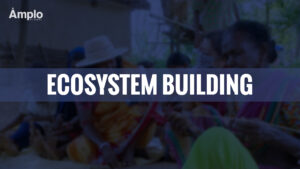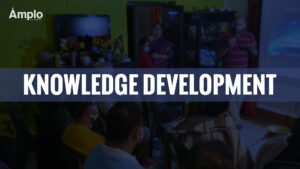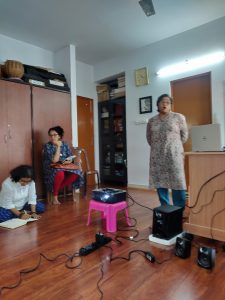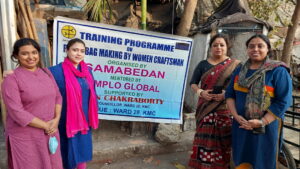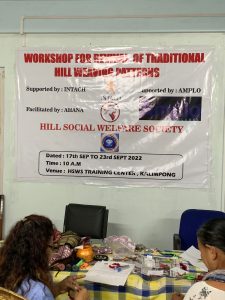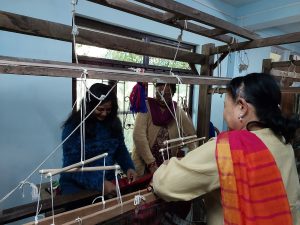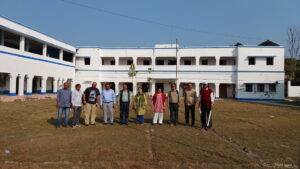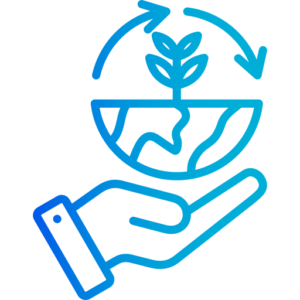Design Thinking for Social Innovation
Keywords: social innovation, local problems, local solutions, social entrepreneurship, human-centered, social ventures
Design Thinking for Social Innovation
Local problems often need local solutions. And for that, you invariably need local expertise. In a paper titled Design Thinking for Social Innovation, authors Tim Brown and Jocelyn Wyatt argue that design thinking is best delivered by spending time with users or citizens in their own environments, rather than working on a project abstractly in another space. They add that design thinking applied in social innovation processes foresees “the involvement and participation of communities in the whole design process, from the identification of problems and challenges to idea generation, prototyping and the evaluation of the (design) outcomes.”
The Importance of Design Thinking
Wyatt and Brown give an interesting example of the need for design thinking in social innovation. Shanti, a young woman, lives on the outskirts of Hyderabad, India. She fetches water from a local borehole every day, in a 3-gallon plastic container. The water is unsafe, and her family members have repeatedly fallen sick. Shanti has another option — she can get clean and cheap water provided by a water treatment plant that is within walking distance. And yet, she does not want to use this better alternative. Reason? Well, the water treatment plant requires her to use a rectangular 5-gallon jerrican that is simply too heavy and bulky to be carried on her head or held against her hips. Besides, the treatment plant forces her to buy a minimum 5 gallons a day, which is more than what she needs and wants to pay for. This is a great example of a situation where design thinking was not applied, resulting in social innovation that has failed to understand and fix a local problem.
What is Social Innovation?
Over the years, design thinking itself has evolved from its narrow focus on designing better, more humane products. It is now being deployed to tackle social issues and for improving all types of infrastructure, from healthcare to housing. Stanford Center for Social Innovation defines the concept as a novel solution to a social problem “that is more effective, efficient, sustainable, or just than current solutions”.
Here, society or a community reaps the benefits, instead of individuals. Elon University points out that social innovation is a broader term than social entrepreneurship or social ventures which may focus “more on socially conscious profit-making than directly addressing and making sustained change to a social problem”. And unlike service learning that might be more project-based and constrained by the limits of the course, social innovation initiatives are usually broader and ongoing.
A related concept is the social innovation lab or studio. Unlike a science lab, this is more of an incubator or a place to collaborate. Think of it as “an organized collective of people from across sectors, fields, and socio-economic markers collaborating to create social change through design thinking and social innovation processes.”
The Four Phases
According to UX Collective, there are four stages to design thinking for social innovation. It starts with the discovery phase during which primary and secondary research allows the team to gain “an empathic understanding of the problem and the people involved in it, who they are, what are their needs and the barriers they face”. The second stage is defining the problem and flipping it into “a human-centered, meaningful, and actionable question, aiming to bring clarity and focus to the design space”.
The third phase is development where participants build on the pool of ideas generated previously, and then “converge on one main idea including the best part of other ideas, using storyboarding as a medium”. The final phase is delivery, starting with rapid prototypes to communicate the idea within the team and to clients.
As UX Collective concludes, design thinking is a good tool for “simplifying and making human sense of things when solving wicked problems in social innovation”.

